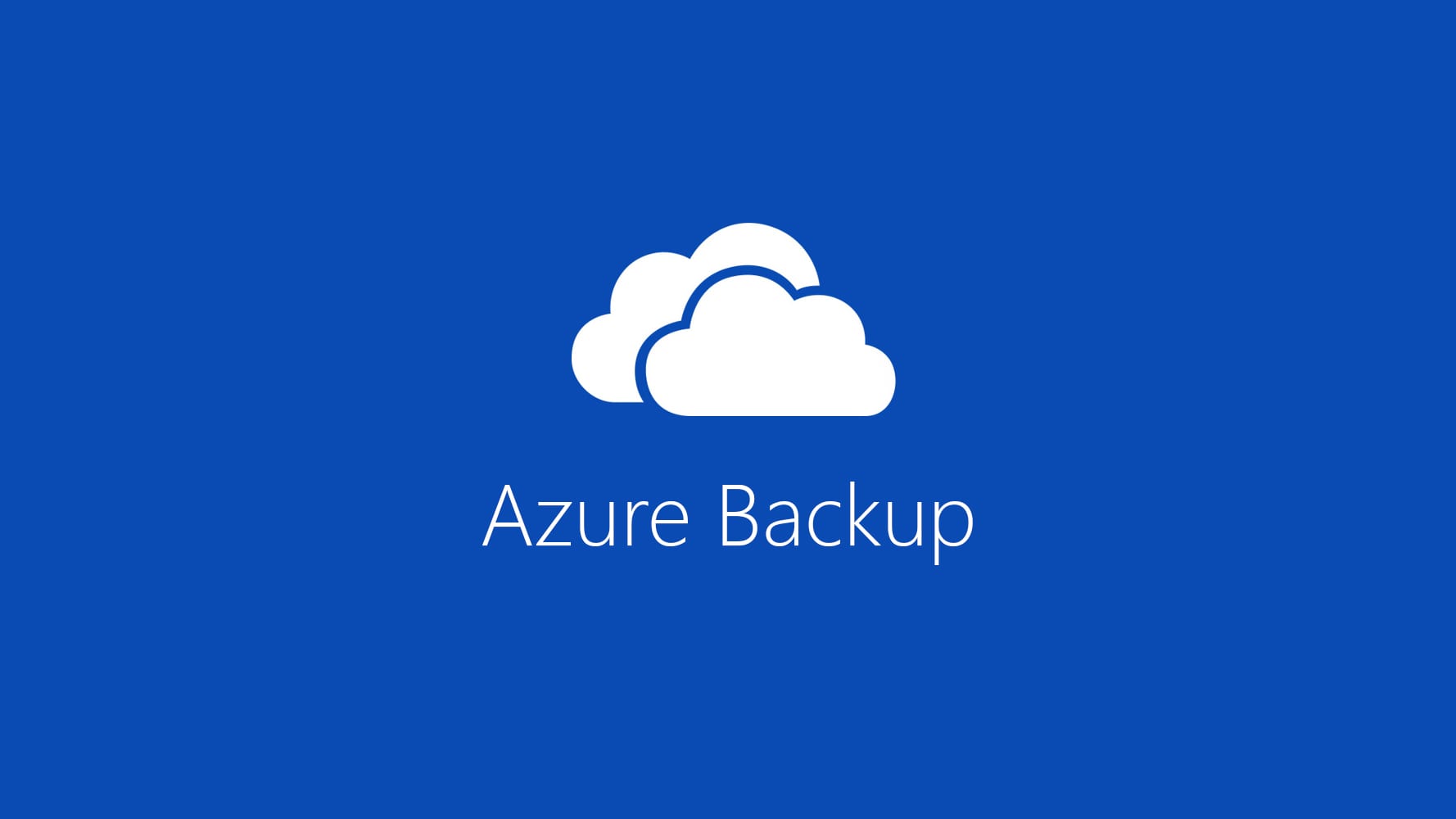

We employ threat researchers and analytics systems across our global network to give a timely, actionable view of the threat landscape. These include zero-day attacks, targeted phishing campaigns, and other novel attack methods. As a security leader, we build on our vast experience as a global enterprise, ongoing study of the threat landscape, broad scale, strength of signal, and visionary thinking to help understand and mitigate the effects of increasingly sophisticated attacks. Threat intelligence gathers indicators-or signals-from a breadth and depth of sources to understand the threat landscape. Part of what enables this defense is threat intelligence. At Microsoft, security is front and center This report has extensive Microsoft research on software vulnerabilities, vulnerability exploits, and threats like malware-along with guidance to help assess risk and protect against threats. Every six months since 2006, we publish the Microsoft Security Intelligence Report. This is why we need threat intelligence.Īt Microsoft, we continue to improve our ability to identify, prioritize, and respond to the biggest threats that target our company and customers.


Yet, on average, more than 99 days pass between infiltration and detection, which is like leaving the front door wide open for over four months. It’s clear that organizations worldwide need rapid-fire protection, detection, and response to threats. According to the 2017 Verizon Data Breach Investigations Report, malware accounts for 51 percent of breaches. When it comes to malware alone, 1 million new pieces of malware are created each day. Companies losing $3.86 million, on average, per breach.Companies losing a total of $400 billion from damages from hacking.Cyberincidents cause organizations to lose money, data, productivity, and consumer trust. The number of threats to this data from cyberattacks and data breaches is mushrooming.

Below is a set of links we’ve curated to help novice, intermediate and advanced users as they take this journey with us.From a global perspective, the amount of data in organizations is ballooning at 50 percent year over year. As members of the Power CAT team, we often get asked for a summary of resources to share with customers on their Power Platform journey.


 0 kommentar(er)
0 kommentar(er)
